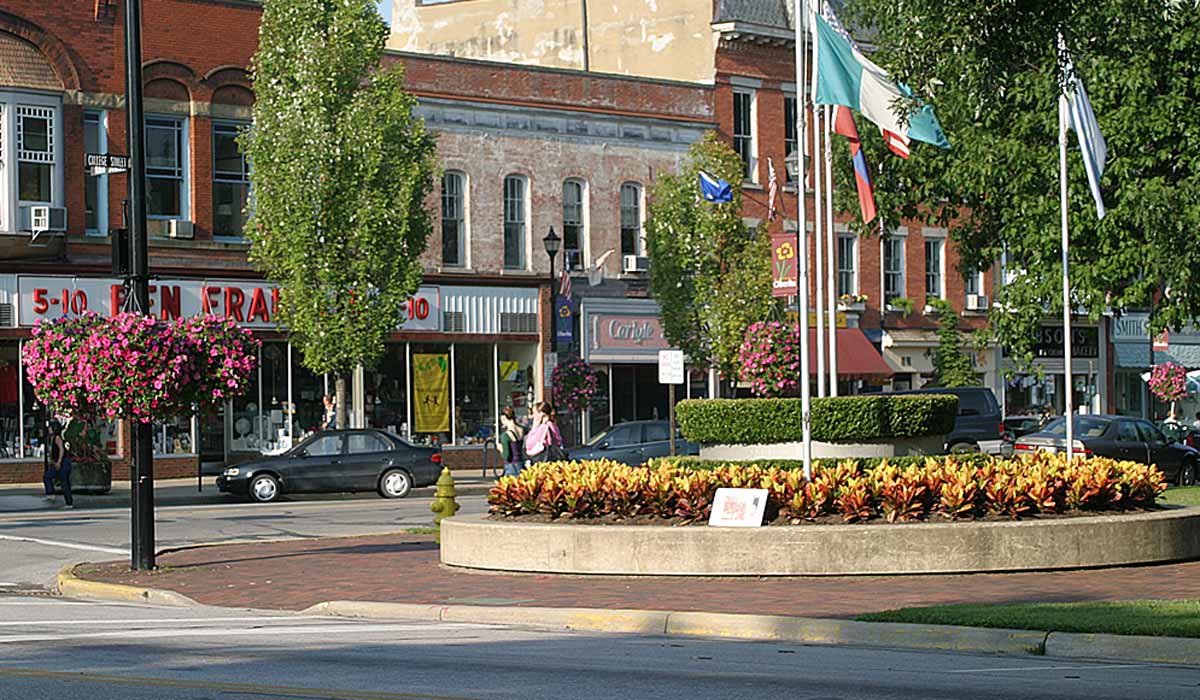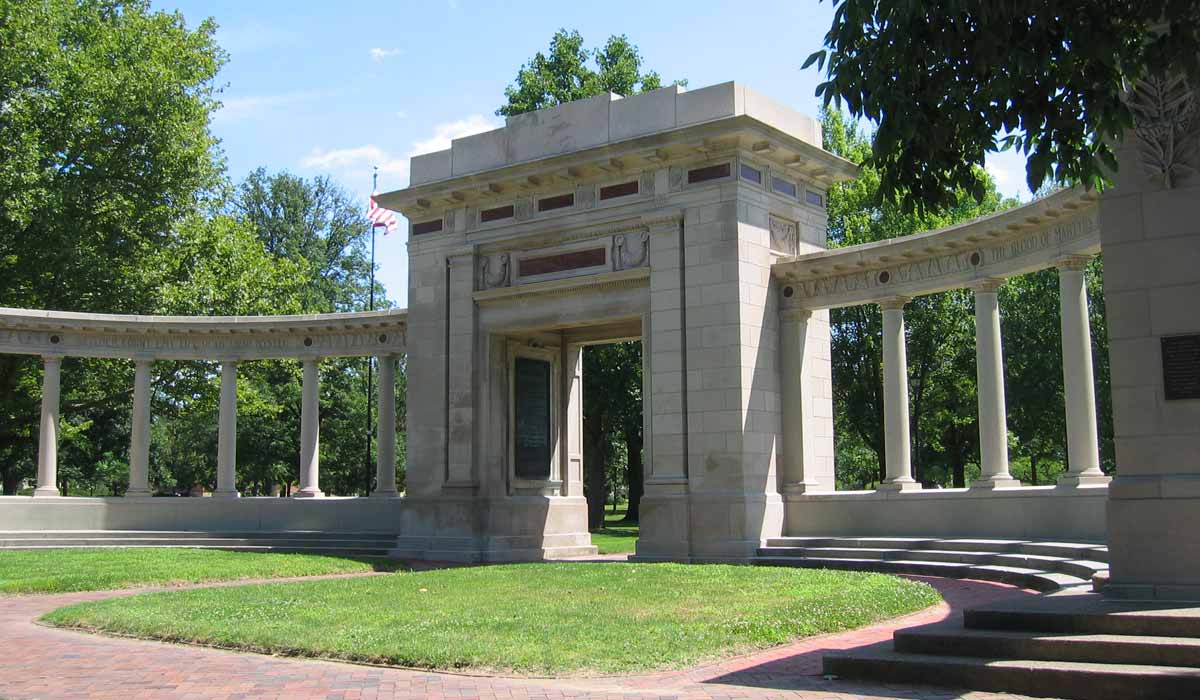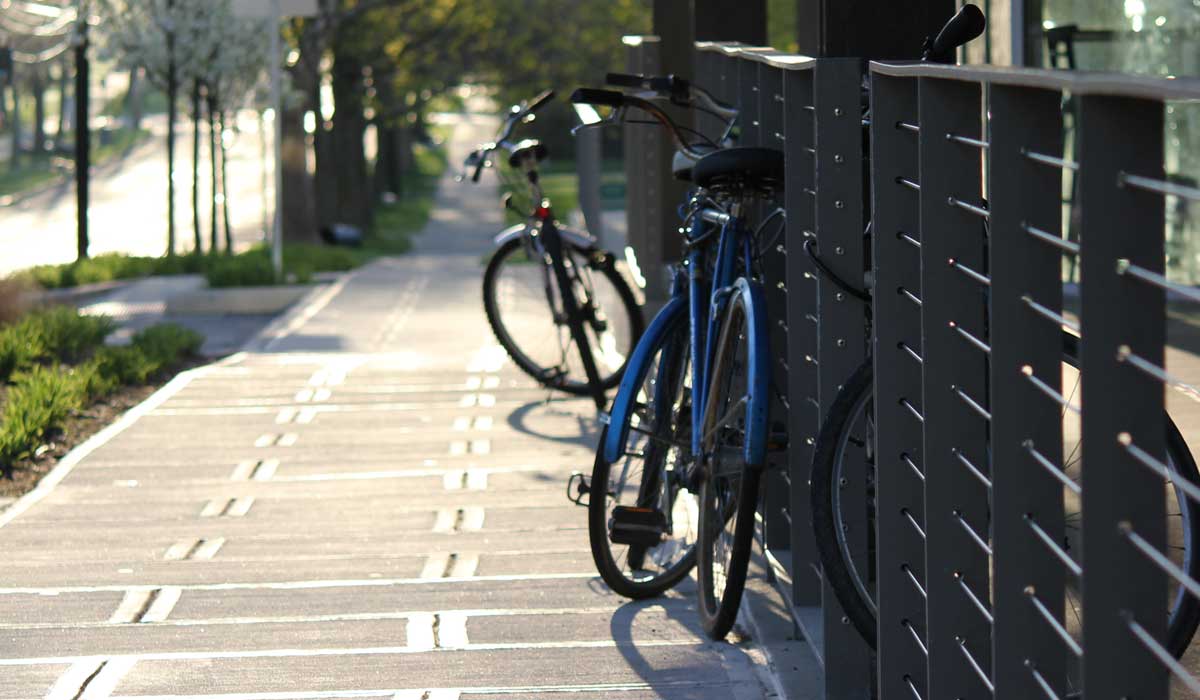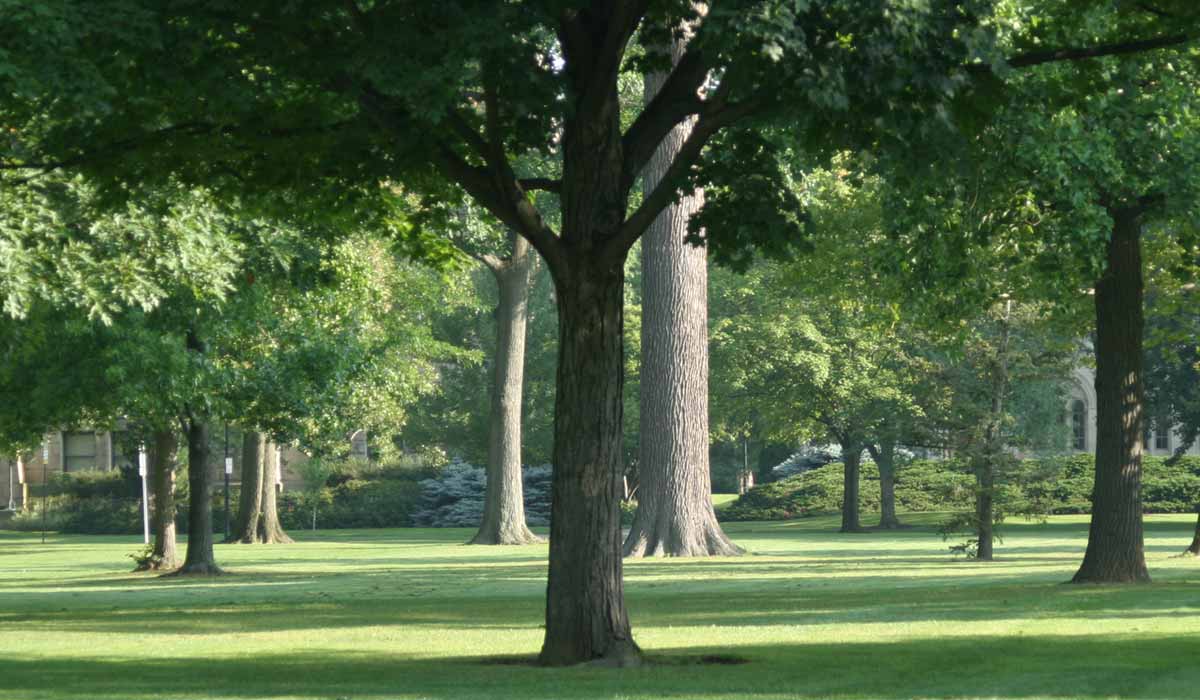The Oberlin Project integrates six goals:
- Transform Oberlin into one of the first climate positive cities in America by shifting the City and College to renewable energy sources and radically improving efficiency.
- Create a vibrant locally based economy by supporting existing and launching new business ventures in energy efficiency and solar deployment, food and agriculture, and the sustainable use of local resources.
- Establish 20,000 acres of agricultural and green space in Northeast Ohio and develop a robust local foods economy that meets 70% of our consumption.
- Integrate sustainability into education at all levels through an educational alliance between the College, the Oberlin schools, the Lorain County Joint Vocational School, and Lorain County Community College.
- Develop a 13-acre Green Arts District in downtown Oberlin at the highest green building standards.
- Serve as a model for other communities nationally and globally.
When it comes to transforming Oberlin to a climate positive city, how do we get there?
Step one: Commit to ambitious goals.
By joining the Clinton Climate Positive Development Program, the City of Oberlin and Oberlin College have committed to reducing Oberlin???s greenhouse gas emissions below zero. As a member of ICLEI, the City of Oberlin is engaged in a five milestone process leading to carbon neutrality and in 2011 completed milestones two and three, setting carbon emissions reductions targets and adopting a climate action plan. The first of its peer institutions to sign the American College and University Presidents' Climate Commitment, Oberlin College has led the way in establishing comprehensive sustainability planning and practice and adopted the goal of carbon neutrality by 2025.
Step two: Build knowledge and capacity.
Oberlin College recently received funding from a $1.1 million Department of Energy award to assess current energy use and renewable energy potential in the region, identify the region???s strengths in the new energy economy, and begin drawing the roadmap on which to move forward. To accomplish this, Oberlin contracted with partners such as Green Energy Ohio to identify existing wind and solar resources and economic development opportunities, American Municipal Power to implement infrastructure redevelopment projects, Ohio Environmental Council to research comprehensive residential energy efficiency programs, Solutions in Sustainability to quantify potential for biogas development, Policy Matters Ohio to identify policy tools and best practices for sustainable transformation, and Center for Neighborhood Technology to create a carbon neutral transportation plan. This award culminated in a conference on September 16, 2011 in which partners presented their findings and recommendations.
The Oberlin Project serves to leverage the resources, expertise, and staff time to take these studies to the next phase. A grant-funded non-profit, the Oberlin Project has four full-time staff who coordinate stakeholder teams working on energy, education, policy, community engagement, economic development, transportation, research, and local foods and agriculture. The Project is able to leverage outside expertise through the Clinton Climate Initiative, which has both internal resource teams and connections to cities worldwide working on sustainability planning.
Step three: Implement projects that demonstrate tangible progress.
By 2015, approximately 90 percent of Oberlin???s electricity will come from local renewable energy resources, primarily with additional landfill gas resources from sites in Ohio but also from solar, hydro, and wind. Credit is due to Oberlin???s community-owned electric utility, Oberlin Municipal Light & Power System (OMLPS), which is responsive to its Oberlin customer base and City Council. Moving to 90% renewable electricity will not only reduce community-wide emissions 50% by 2015, it will also stabilize customer rates, keep the community???s energy dollars in the region, and supply green power to local residents and businesses. Manufacturers located in Oberlin can tout that products are made with green power and a low carbon footprint. This kind of commitment to sustainability convinced GreenField Solar, a designer of high-tech solar photovoltaic cells that also capture solar thermal energy, to move to Oberlin.
After Oberlin College completed what was the largest solar array in Northeast Ohio in 2006 at 160kW, Oberlin continues to be an early adopter in the field of solar energy. The City of Oberlin will be installing two of GreenField Solar???s cutting-edge solar concentrators off of South Main Street that will each generate 1.5 kW of electricity and around 17 BTU/hr of thermal energy. Oberlin College is also working to secure a power purchasing agreement for the development of 2.26 megawatts of solar energy.
On the efficiency side, the Oberlin Project is working with Providing Oberlin With Efficiency Responsibly (POWER), a non-profit, grassroots environmental justice organization whose purpose is to increase the energy efficiency of housing in Oberlin. Founded in 2008, POWER has insulated and weatherized 22 low-income houses and is currently planning a pilot Energy Advocate program to make energy efficiency as easy as possible for all Oberlin homeowners. This work will complement the three-year Efficiency Smart Power Plant program initiated by OMLPS to encourage electric energy efficiency through market-based incentives and custom services. In addition, the College has recently completed a $12 million LEED Gold renovation of the Allen Memorial Art Museum and LEED Gold new construction of the jazz studies Kohl Building, and the City???s renovation of the Oberlin Fire Station was awarded LEED Gold in December 2011.
Step four: Repeat.
With the reduction of 50% of carbon emissions by 2015, Oberlin has taken a major first step in the right direction. Next, we need to move beyond the institutional level and into the community by integrating sustainability as the standard in our everyday lives. To get there, the Oberlin Project and its partners will continue to build on our successes, identify new opportunities, and make forward progress. Stay tuned.









